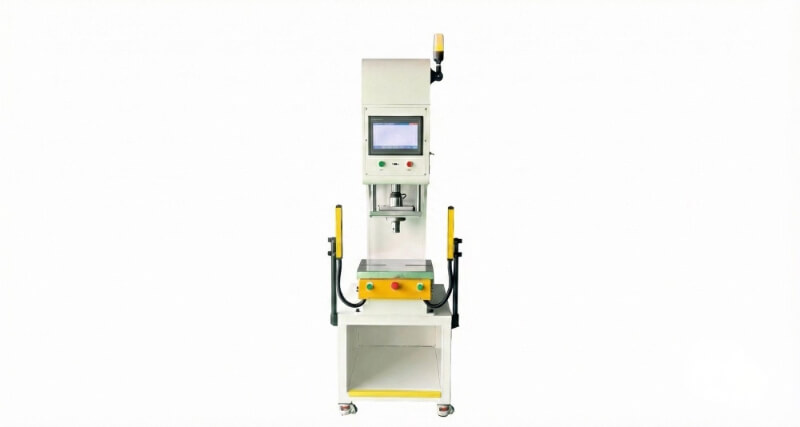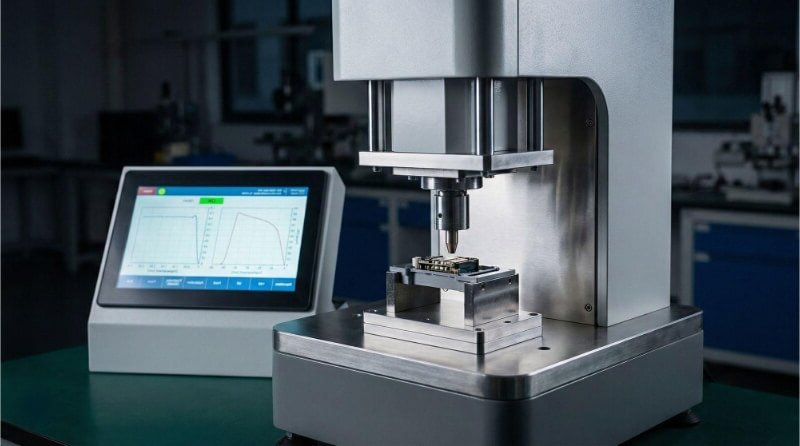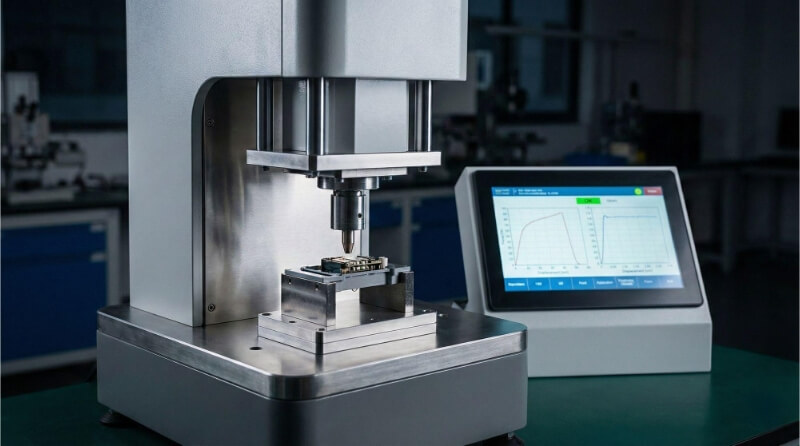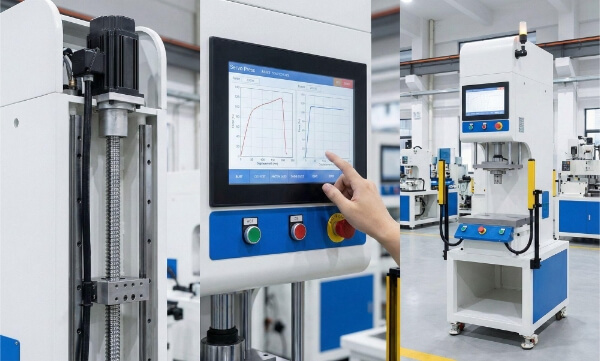プロジェクトのために材料を選ぶとき、強度、耐久性、見た目の良さを適切にミックスしたいものです。多くのエンジニアや購買担当者は、クロムとステンレスのどちらを使うかを決めています。この2つの素材について知っておくと、より適切な判断ができ、頭痛の種を避け、製品価値を高めることができます。
クロームメッキは、光沢のある仕上げを与え、錆から保護する金属コーティングです。ステンレス・スチールは、腐食や汚れに強い金属です。クロームは明るく滑らかに見えますが、それは他の金属の上に薄い層を重ねただけです。ステンレススチールは全体的に丈夫で、余分なコーティングは必要ありません。どちらもユニークな用途と利点がありますが、特性とコストは異なります。
この2つの金属は、見た目は光沢があり、錆から守ってくれるが、実際に使用する際にはその違いが重要になる。どちらがあなたのニーズに最も適しているか、読み進めてください。
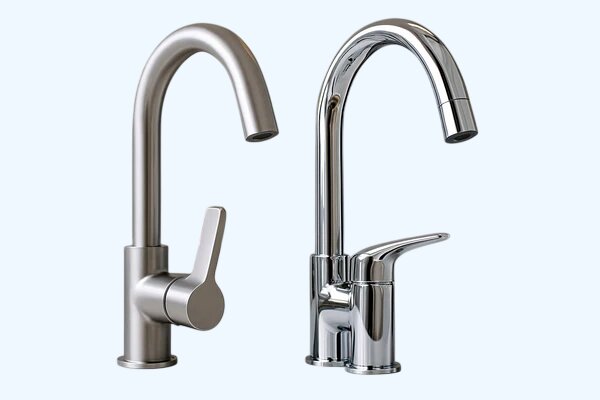
クロームとは?
クロムはクロムのことで、光沢のある仕上げと耐食性で知られる金属である。多くの場合、「クローム」というと、他の素材(多くの場合、スチールやプラスチック)をコーティングするクロムの薄い層を意味する。
このコーティングは外観と表面硬度を向上させます。また、摩擦を軽減し、錆に対する抵抗力を高める効果もある。しかし、この保護効果は表面が無傷である限りしか持続しません。傷がついたり損傷したりすると、その下の基材が腐食する可能性がある。
クロムめっきの種類
クロムメッキには大きく分けて2種類ある:
装飾クローム
この薄い層は通常、ニッケルなどの下地層の上に施されます。見た目は滑らかで光沢があり、車の部品や蛇口、工具などに使用されます。
硬質クロム(または工業用クロム)
ヘビーデューティー用に作られた厚めのコーティング。耐久性、耐摩耗性を高めます。機械、油圧ロッド、ピストンなどに使用されています。
クロムの製造と応用?
クロム層は電気メッキと呼ばれるプロセスで形成される。その仕組みはこうだ:
- 基材を洗浄し、準備する。
- クロムイオンを含む溶液に入れる。
- 溶液に電気を流す。これによりクロムが表面に付着する。
最終的な厚みは、メッキに使用する時間と電流によって決まる。硬質クロムは形成に時間がかかり、通常は管理された工場環境で施される。
この方法によって、クローム部品の特徴である鏡のような表面が得られ、耐摩耗性が向上する。
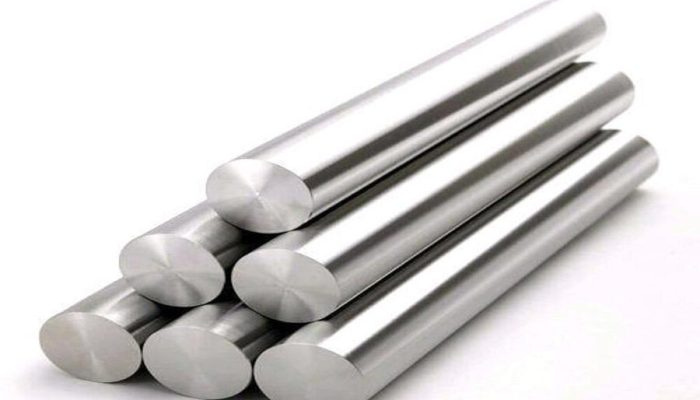
ステンレス・スチールとは?
ステンレス鋼は、鉄、クロム、および多くの場合、ニッケルまたは他の元素を含む固体金属合金です。主な特徴はクロムの含有量で、通常少なくとも10.5%です。このクロムは表面に薄い酸化層を形成し、錆や腐食を防ぎます。
クロムとは異なり、ステンレススチールはコーティングではありません。錆びにくさは素材全体を貫いています。また、熱、化学薬品、摩耗にも強い。仕上げは滑らかで、つや消しや磨き仕上げが多いが、クロームほど光沢があるとは限らない。
ステンレススチールは丈夫でお手入れが簡単、長持ちします。また、非反応性で食品や医療用としても安全です。
ステンレス鋼の種類
ステンレス鋼にはいくつかの種類がある。これらは、その構造と追加された要素に基づいてグループ化されている:
オーステナイト
最も一般的なタイプ。クロムとニッケルを含む。304や316のようなグレードがこのグループに属する。錆に強く、成形しやすい。
フェライト
このタイプはニッケルが少なく、クロムが多い。磁性があり、耐食性に優れるが、耐食性は低い。 溶接 そして 形状.オーステナイト系鋼種よりも安価である。
マルテンサイト
このタイプは堅固で剛性が高いが、耐食性は低い。熱処理により強度を高めることができる。磁性があり、工具、ナイフ、タービンブレードなどに使用される。
デュプレックス
二相鋼は、オーステナイト系とフェライト系の混合鋼種である。高強度で耐食性に優れている。化学プラント、パイプライン、海洋構造物などに使用される。
ステンレス鋼ができるまで?
そのプロセスは、鉄鉱石、クロム、その他の金属を炉で溶かすことから始まる。溶けた混合物は、スラブやビレットのような形状に鋳造される。
次に、金属は 熱間圧延または冷間圧延 を板、棒、その他の形状に加工する。最終的な用途に応じて、その後、熱処理、洗浄、研磨が行われる。
学年によっては、以下のような場合もある。 漬物これは表面酸化物を除去するものである。また、酸化膜を厚くすることで耐食性を高める不動態化処理も施されている。
その結果、壊れることなく湿気や熱、摩耗に対応できる、残忍で均一な金属が生まれる。
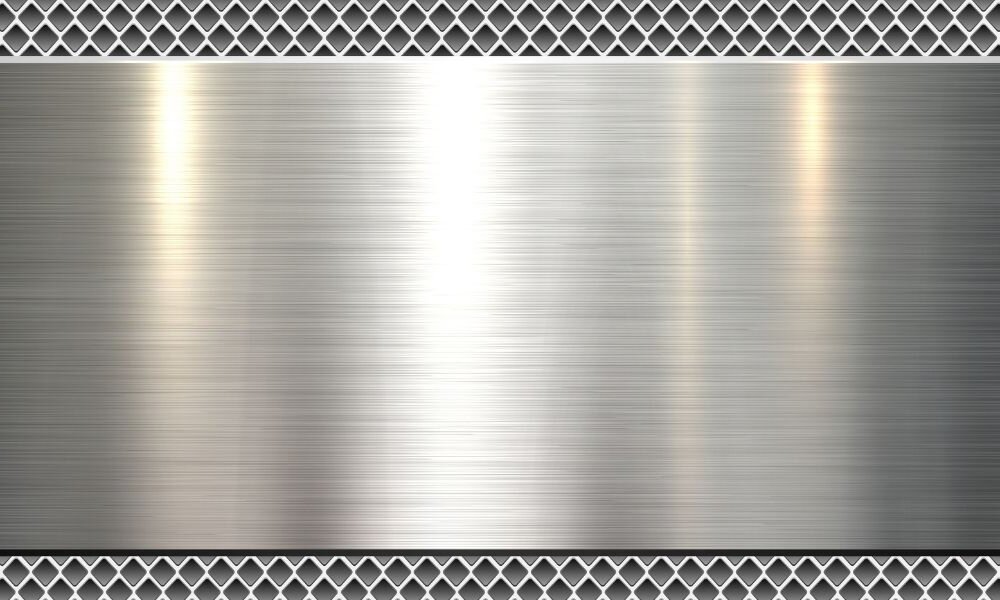
クロムとステンレスの違い:主な違い
クロームメッキとステンレス・スチールは、見た目は似ていても、その構造や性質は異なります。この核心的な違いが、性能、外観、寿命に影響します。
化学組成
クロムはそれ自体が金属部品というわけではありません。スチールやプラスチックなどの下地の上にクロムを薄くコーティングしたものである。外表面には純粋なクロムが含まれているが、内部構造はない。
ステンレス鋼は固体の合金である。鉄、少なくとも10.5%のクロム、そしてニッケルやモリブデンなどの他の元素を含んでいます。クロムは表面だけでなく、金属全体に配合されています。
外観と表面仕上げ
クロムは鏡のような輝きを持つ。滑らかで反射率が高く、見た目の美しさのためによく使われる。見た目は ポリッシュミラー トリムや装飾部品によく見られる。
ステンレススチールは、サテンまたは ブラシ仕上げ がデフォルトだ。磨いて輝かせることはできるが、クロームのように反射することはない。仕上げ方によって、質感は鈍いものから半光沢のものまで様々です。
耐食性と耐久性
クロームは表面レベルの保護を提供する。錆を抑える効果はありますが、それはコーティングが無傷である限りです。表面に傷がつくと、水分が母材に到達し、錆の原因となります。
ステンレス・スチールは耐食性を備えています。クロムは合金の一部であるため、保護層を形成し、損傷すると自己修復します。湿気や化学薬品、塩分にもクロムより強く耐えます。
強度と機械的特性
ステンレススチールはクロムメッキの部品よりもはるかに強く、剛性が高い。高い引張強度を持ち、曲げに強く、衝撃にも耐えます。構造荷重や繰り返しの応力にも耐えることができます。
クロムはコーティングであるため、表面の硬度は増すが、母材の強度は向上しない。硬質クロムは工具や機械部品の耐摩耗性を向上させるが、全体的な強度を向上させるものではない。
コスト比較
クロムメッキは、特に装飾目的の場合、通常、初期費用が安くなります。使用する材料も少なく、施工も早い。強度よりも見た目が重視される大量生産部品では、クロムメッキはコスト削減につながる。
ステンレス鋼は、特に316のような高グレードになるほど、単価が高くなる。この価格は、合金金属、加工、寿命の長さから来ています。
メンテナンス要件
クロムは定期的なクリーニングとケアが必要です。湿気や塩分、刺激の強い化学薬品にさらされると、穴が開いたり、剥がれたり、輝きを失うことがあります。一度ダメージを受けると、自己修復はできません。再メッキが唯一の修復方法です。
ステンレススチールはメンテナンスがずっと簡単です。サビや汚れに強い。水やマイルドクリーナーで拭くだけで、美しい状態を保つことができます。傷がついても不動態酸化皮膜が保護します。
様々な産業での応用
クロム鋼もステンレス鋼も多くの産業で使用されている。しかし、見た目や強度、耐摩耗性や耐腐食性によってその役割は異なります。
自動車・運輸
クロームはトリム、グリル、リムなどの外装部品に使用される。光沢のある高級感のある仕上がりになる。強度よりも見た目が重視される。
ステンレススチールは、排気システム、構造部品、ファスナーなどに使用されている。熱、振動、湿気に強い。輝きよりも性能が重要な場合に選ばれる。
キッチン用品と家電製品
クロームは蛇口やハンドル、器具に使われています。清潔で明るく見えますが、傷がついたり、水に頻繁にさらされると、磨耗することがあります。
ステンレススチールは、シンク、調理器具、電化製品に使われている。食品に安全で、お手入れが簡単、汚れや錆に強い。熱や毎日の使用に耐え、機能を失うことはありません。
建設と建築
建物内での使用は限られている。装飾目的でドアの取っ手や照明器具に使用されることがある。
ステンレススチールは、構造用サポート、手すり、ファスナー、外装パネルに標準的に使用されています。耐候性に優れ、腐食に強く、重い荷重にも耐えます。また、目に見えるデザイン要素にモダンな外観を提供します。
医療および食品産業
クロムは表面のみを保護し、剥離の危険性があるため、こうした分野ではあまり使用されない。
ステンレススチールが好ましい素材です。非反応性で滅菌しやすく、耐久性に優れている。手術器具、医療機器、食品加工機器、貯蔵タンクなどに使用されています。厳しい衛生基準を満たし、繰り返しの洗浄にも信頼性を保ちます。
プロジェクトに適した素材の選択
正しい選択は、その部品がどのように使用されるかによります。決定する前に、外観、耐久性、コスト、環境を考慮する必要があります。
いつクロームを選ぶべきか?
そんな時はクロームを選択しよう:
- 光沢のある鏡のような仕上げが必要。
- 部品は湿気、化学薬品、摩耗のような過酷な条件に直面することはありません。
- 装飾用途でより低コストのソリューションをお求めの場合
- 部品に荷重がかかっていない、または機械的ストレスがかかっていない。
- 室内空間や乾燥した環境で使用される。
クロームは、耐久性よりも見た目が重要なトリム、家具部品、金物、工具に適している。
ステンレス・スチールを選ぶとき
ステンレス・スチールを選ぶなら
- 特に湿気の多い場所や屋外では、錆や腐食に耐える必要がある。
- 構造的な強さと長期的なパフォーマンスが必要
- 熱、化学物質、激しい摩耗にさらされるもの
- 食品、医療、工業環境で使用される。
- 低メンテナンスと長寿命を望む
タフな仕事、過酷な環境、安全性と清潔さが重視される場所には、ステンレススチールが適しています。
結論
クロームメッキとステンレススチールは見た目は似ているが、役割は異なる。クロームメッキは、光沢があることで知られる表面の薄いコーティング。ステンレス・スチールは、全体が錆びにくい強固な金属合金です。クロームは低価格で装飾的な使用に適しています。ステンレススチールは強度が高く、長持ちし、過酷な環境でも優れた性能を発揮します。
部品に適した素材の選択にお困りですか?私たちのチームは、お客様のデザイン、ご予算、使用ケースに基づいてオプションを比較するお手伝いをいたします。 お問い合わせ 専門家によるサポートと迅速なお見積りのために。

ケビン・リー
レーザー切断、曲げ加工、溶接、表面処理技術を専門とし、板金加工において10年以上の実務経験があります。シェンゲンのテクニカルディレクターとして、複雑な製造上の課題を解決し、各プロジェクトにおける革新と品質の向上に尽力しています。

